Flies (Diptera)
Grass Flies
ChloropidaeIn addition to Grass Flies, this group includes Stem-Miner Flies, Eye Gnats, Pecker Gnats, and Frit Flies. Some larvae feed internally on grasses and are important agricultural pests while others are scavengers, parasites, or predators. Eye Gnats are well known for their attraction to mammalian body secretions, and habitual hovering around the eyes. Adults are often abundant, and can be found visiting flowers, or by sweeping grasses and other low vegetation.
Representative Genera and Species:
Hippelates plebejus, Liohippelates, Meromyza, Olcella, Thaumatomyia
Pollinator Life Cycle:
This is a biologically diverse family, with four life stages: egg, larvae, pupae and adult. The eggs of some species are deposited into soil rich in organics, while others develop inside grass or cereal stems.
Rarity Status:
The status of Canadian species has not yet been assessed, and none are legally protected.
Physical Appearance:
These small, stout-bodied flies range from 1.5 to 5.0 mm in length. Their colouration varies – some are blackish or greyish, while others are commonly green or yellow with black stripes. Compared to other families, they have fewer bristles and wing venation. The characteristically large, raised, triangular area on top of their head is usually bare and polished.
Pollinator Habitat:
Found in a variety of habitats, but common in meadows and grassy areas. Some species live in manure and soil with high organic content. Others are attracted to mammalian body secretions and crawl into eyes and other orifices, including open wounds.
Canadian Distribution:
- Alberta
- British Columbia
- Manitoba
- New Brunswick
- Newfoundland/Labrador
- Northwest Territories
- Nova Scotia
- Nunavut
- Ontario
- Prince Edward Island
- Quebec
- Saskatchewan
- Yukon
Prairie Types:
- Fescue Prairie
- Mixed Grass Prairie
- Tall Grass Prairie






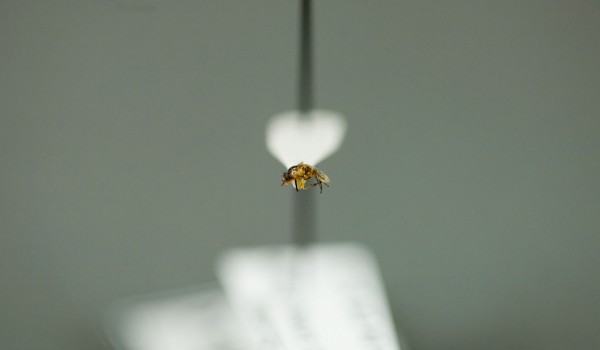
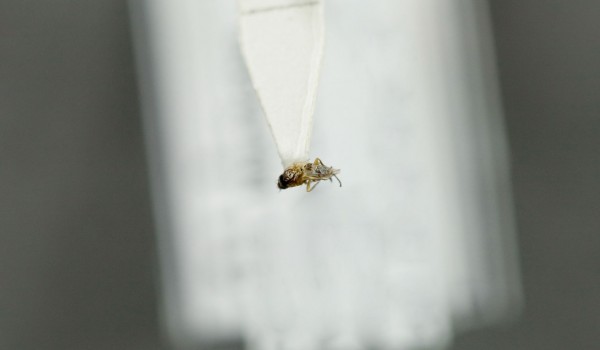
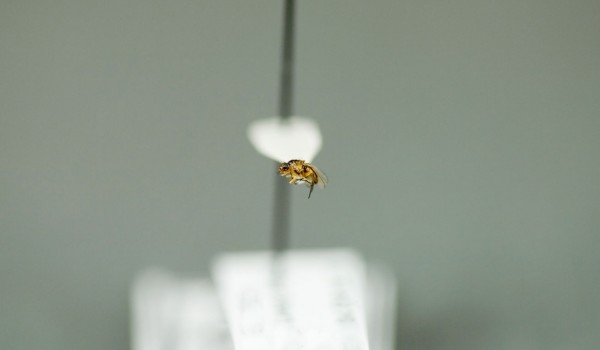
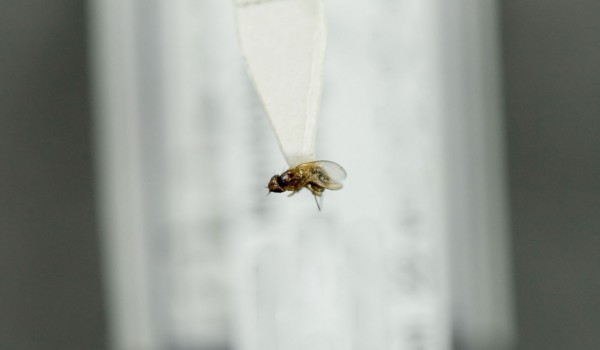
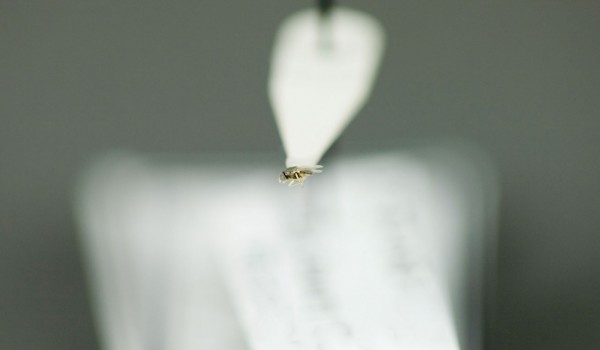
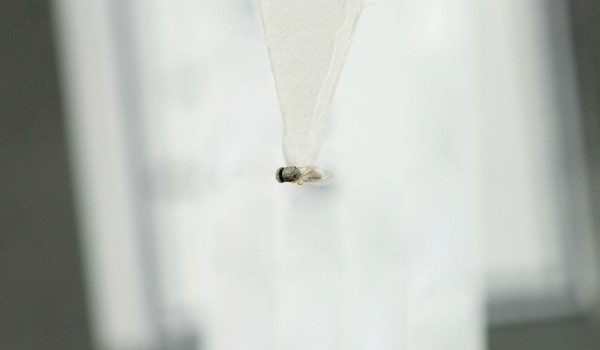
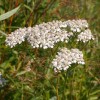 Common Yarrow
Common Yarrow 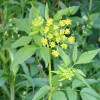 Golden Alexander
Golden Alexander  Heart-leaved Alexander
Heart-leaved Alexander 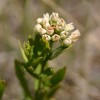 Pale Comandra
Pale Comandra